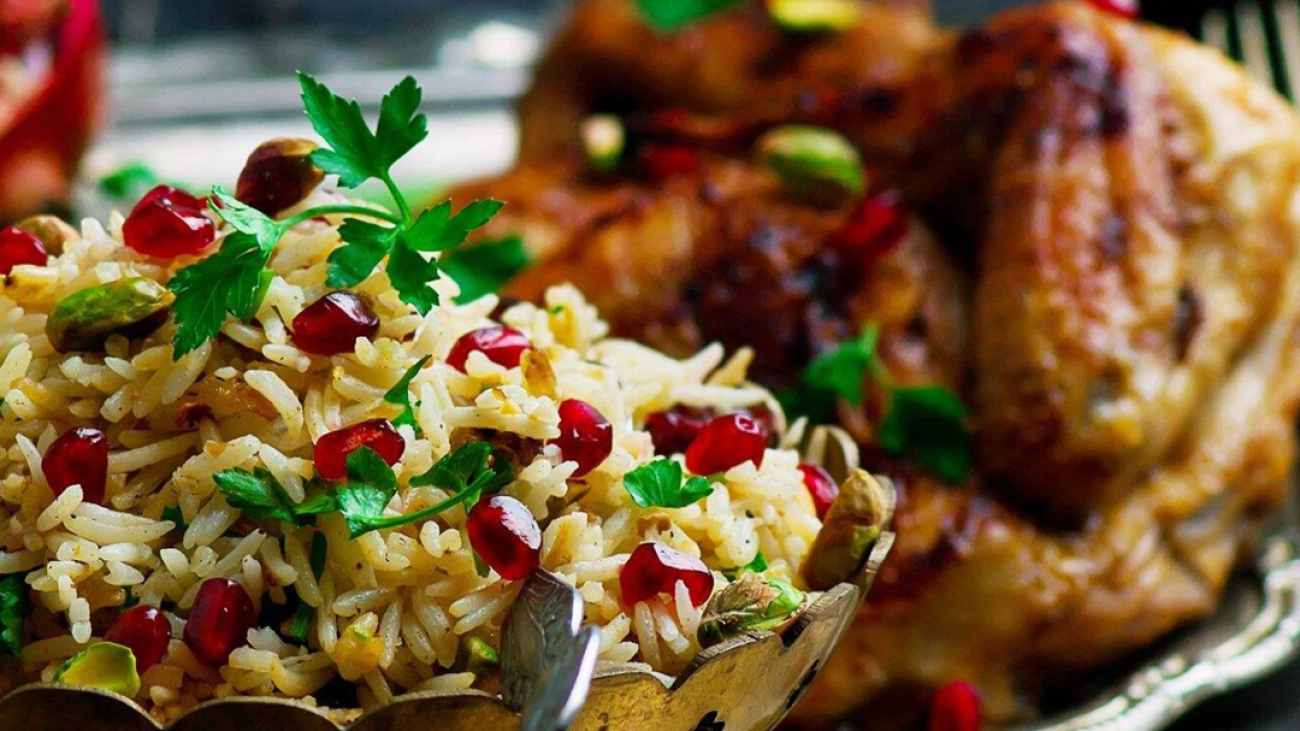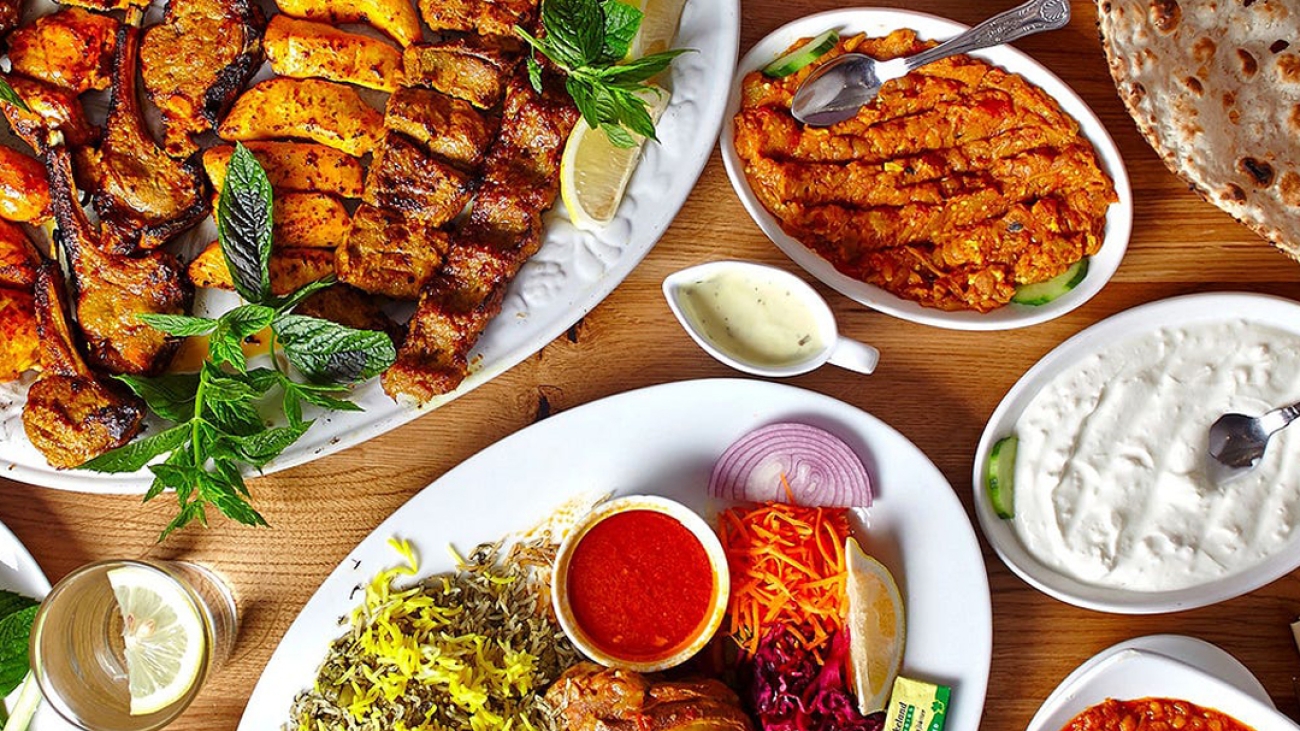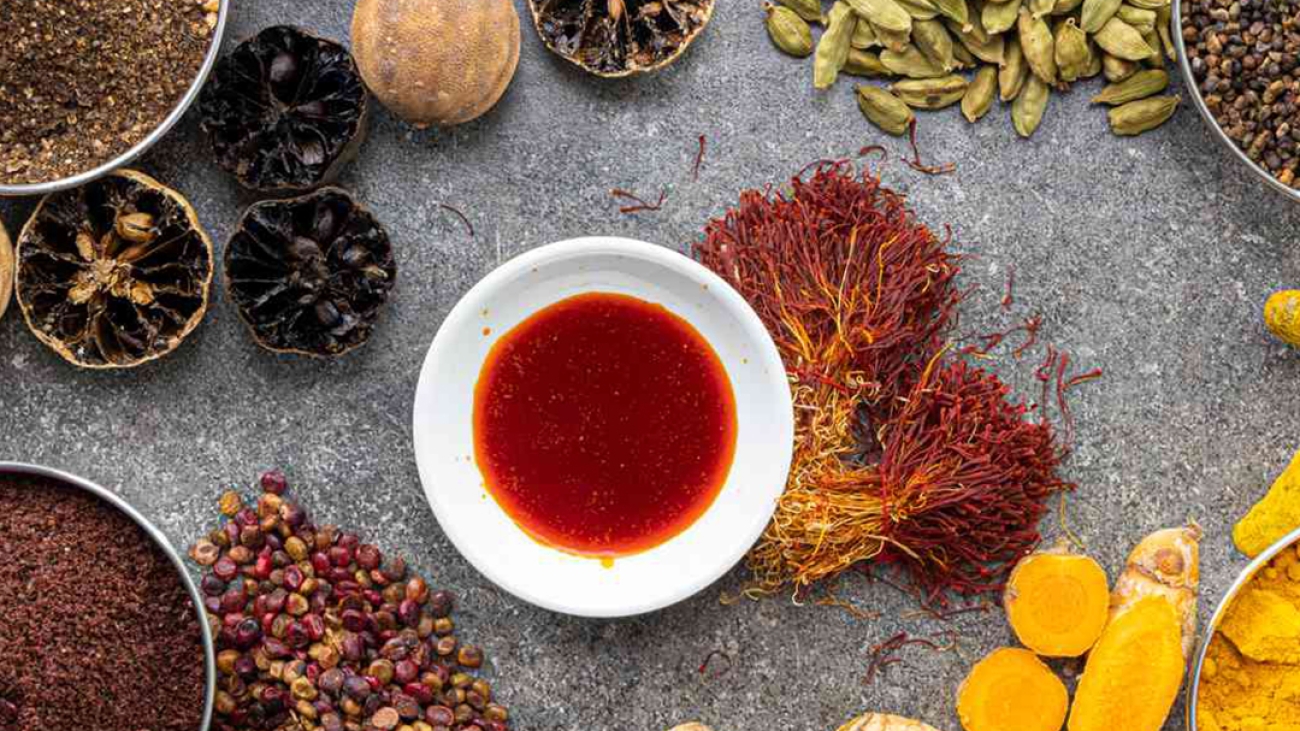Middle Eastern cuisine is renowned for its rich flavors, aromatic spices, and vibrant presentation. Whether you’re hosting a small gathering or a large event, mastering the art of Middle Eastern catering can elevate your culinary offerings and leave a lasting impression on your guests. This article delves into the essential elements of Middle Eastern catering, providing expert tips to help you create a memorable dining experience.
1. Understanding Middle Eastern Flavors
Middle Eastern cuisine is characterized by its use of a diverse array of spices and ingredients. Key spices include cumin, coriander, turmeric, cinnamon, and sumac, which add depth and complexity to dishes. Herbs such as parsley, mint, and cilantro are often used to enhance freshness. Staples like olive oil, garlic, lemon, and tahini are integral to many recipes, providing a unique flavor profile that is both savory and aromatic. Understanding these core components is crucial for authentically recreating Middle Eastern flavors and ensuring your dishes resonate with authenticity.
Key Spices and Ingredients:
– Cumin and Coriander: Provide earthy, warm flavors.
– Turmeric: Adds color and a subtle bitterness.
– Sumac: Offers a tangy, lemony flavor.
– Herbs: Fresh parsley, mint, and cilantro for brightness.
2. Crafting a Balanced Menu
Creating a well-rounded Middle Eastern menu involves a thoughtful selection of appetizers, main courses, and desserts. Start with popular appetizers like hummus, baba ghanoush, and tabbouleh, which are not only delicious but also provide a glimpse into the rich culinary traditions of the region. Main courses such as kebab koobideh, lamb shawarma, and chicken tagine should be hearty and flavorful, offering a variety of meats and cooking techniques. Finish with classic desserts like baklava, maamoul, and kunafa to leave a sweet impression on your guests.
Menu Components:
– Appetizers: Hummus,
– Main Courses: Kebab koobideh, lamb shawarma, chicken tagine.
– Desserts: Baklava, maamoul, kunafa.
3. Presentation Matters
The presentation of Middle Eastern dishes plays a significant role in the overall dining experience. Use vibrant, colorful ingredients to create visually appealing plates. Arrange dishes with attention to detail, highlighting the textures and colors of the food. Authentic serving dishes, such as traditional platters and bowls, can enhance the cultural ambiance. Garnishing with fresh herbs, pomegranate seeds, and edible flowers can add the final touch, making your dishes not only taste but also look exquisite.
Tips for Presentation:
– Colorful Ingredients: Use a variety of colors to make dishes visually appealing.
– Traditional Serving Ware: Serve in authentic platters and bowls.
– Garnishing: Fresh herbs, pomegranate seeds, and edible flowers for an extra touch.
4. Incorporating Vegetarian and Vegan Options
In today’s diverse dining landscape, it’s essential to include vegetarian and vegan options in your catering menu. Middle Eastern cuisine offers a wealth of plant-based dishes that are both flavorful and satisfying. Falafel, stuffed grape leaves, and vegetable tagines are excellent options that cater to vegetarian and vegan guests. These dishes not only ensure inclusivity but also showcase the versatility of Middle Eastern cuisine.
Vegetarian and Vegan Dishes:
– Falafel: Crispy chickpea fritters.
– Stuffed Grape Leaves: Filled with rice and herbs.
– Vegetable Tagine: A hearty stew with mixed vegetables.
5.Serving Tips for Large Gatherings
Serving Middle Eastern cuisine at large gatherings requires efficient planning and execution. Buffet-style setups can facilitate ease of service, allowing guests to sample a variety of dishes at their own pace. Ensure that hot dishes are kept at the right temperature using chafing dishes or warming trays. Provide clear labels for each dish, including dietary information, to help guests make informed choices. Additionally, having a dedicated serving team can ensure that food is replenished promptly and that the service runs smoothly.
Practical Serving Tips:
– **Buffet-Style Setup:** Allows guests to serve themselves.
– **Temperature Control:** Use chafing dishes to keep food warm.
– **Clear Labels:** Include dish names and dietary information.
Conclusion
Mastering the art of Middle Eastern catering involves understanding the unique flavors, crafting a balanced menu, presenting dishes beautifully, and catering to diverse dietary needs. By incorporating these elements, you can create a memorable and enjoyable dining experience that celebrates the rich culinary heritage of the Middle East. Whether you’re hosting a small gathering or a large event, these tips will help you impress your guests with flavorful and authentic Middle Eastern dishes.
List of Processes for Innovative Design Trends in Water and Wastewater Treatment Plants:
1. Assessment and Planning:
– Evaluate site-specific needs and environmental impact.
– Develop a comprehensive design plan that incorporates sustainable practices.
2. Technology Integration:
– Implement advanced treatment technologies to enhance efficiency.
– Incorporate IoT devices for real-time monitoring and control.
3. Design and Engineering:
– Use computer-aided design (CAD) software for precision.
– Ensure compliance with environmental and safety standards.
4. Construction and Implementation:
– Manage construction with a focus on minimizing environmental disruption.
– Test and commission the plant to ensure optimal performance.
5. Maintenance and Upgrades:
– Establish a routine maintenance schedule.
– Plan for future upgrades to incorporate new technologies and improve efficiency.



